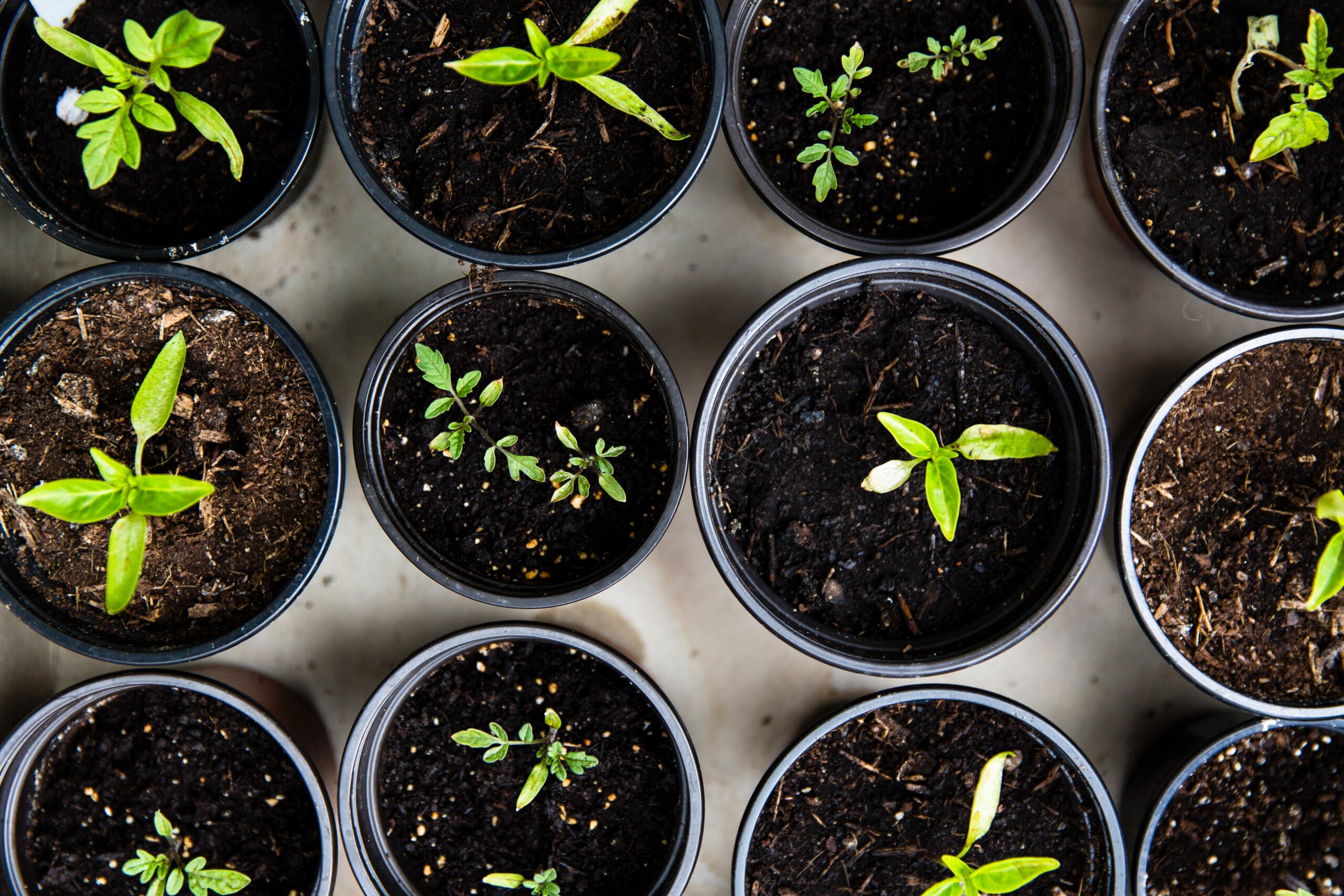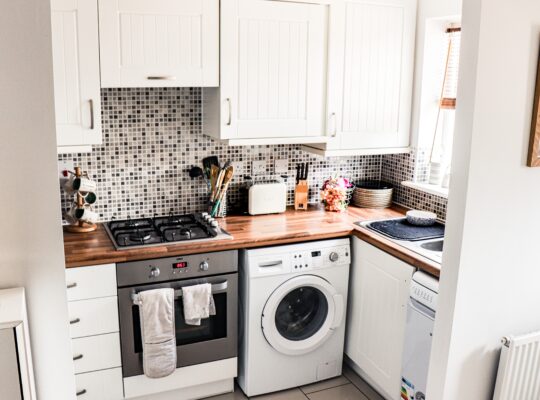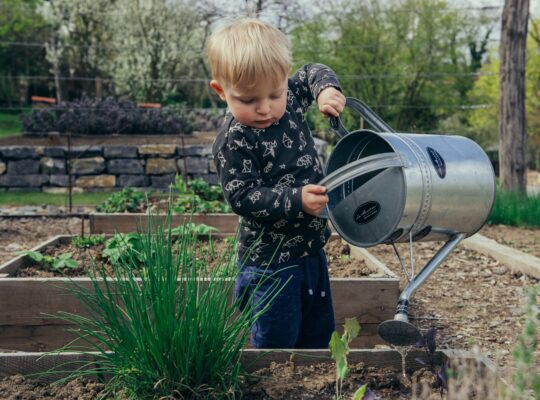Spring is finally here, and that means it’s time to get your garden planting! If you’re like most people, you probably don’t have a lot of space in your yard for a garden. But don’t worry, you don’t need a huge plot to get started. In fact, you can get started with just a few essential items. In this blog post, we will outline five garden essentials that you’ll want to start planting this spring. From vegetables to flowers, these items will help populate your yard and add color to your environment.
Lettuce
Lettuce is a cool-season vegetable that can grow quickly in warm weather. Look for lettuces with a compact head and firm leaves. Lettuces can be eaten raw or cooked, and are a good source of vitamins A and C, potassium, and calcium. Some popular varieties of lettuce include romaine, iceberg, Boston lettuce, butterhead lettuce, and Bibb lettuce.
Cilantro
Cilantro is a hardy perennial herb that is commonly used in Mexican and Latin American cuisine. The leaves of the cilantro plant are used as a flavoring agent, and the flowering tops are often used as a garnish or spice. Cilantro can be grown indoors or outdoors, and it is tolerant of a wide range of climates.
If you’re looking to add some fresh flavor to your recipes this spring, consider planting some cilantro! This herb is easy to grow, versatile, and can tolerate a wide range of climates. If you’re growing cilantro indoors, make sure to provide plenty of sunlight and water; if you’re planting cilantro outdoors, make sure to protect it from frost.
Basil
Basil is one of the most versatile plants in your garden. It can be used in a variety of dishes, and even as a potpourri. Plus, it has some great properties for your garden. Basil grows quickly and can be divided into smaller sections.
Basil is an annual plant that grows to about 1 foot tall, with aromatic leaves and small white flowers. The leaves are long and narrow, with serrated edges. If you’re looking for a ground cover or an accent in your herb garden, basil is a great option. You can also use basil in vinaigrettes and pesto recipes.
Basil can grow in any type of soil, but prefers well-drained soil with plenty of organic matter. Water the plants regularly during dry spells, but don’t over water them; too much moisture will cause the plants to become spindly and susceptible to disease. Basil requires direct sunlight for part of the day to reach its full potential, so place it near a sunny window or door if possible.
Snow peas
If you’re looking for a delicious, nutritious salad to add to your meal plan this spring, check out our list of garden essential items you’ll want to start planting this season!
First on the list are snow peas. Snow peas are a great option for a quick and easy salad since they only take about 15 minutes to cook. Plus, they’re full of fiber and vitamin C which makes them an ideal choice for keeping your energy up during those warm days.
This spring, also consider adding some fresh herbs like dill or cilantro to your garden. Both herbs have tons of flavor and can be used in a variety of recipes, so it’s well worth investing in some fresh plants this year!
Finally, if you’re looking for an interesting addition to your vegetable garden this year, consider growing purple carrots! These carrots are unique because they turn an unusual purple color when they’re cooked. They make a great addition to any meal plan and are also high in vitamin A and beta carotene.
Asparagus
Asparagus is a hardy vegetable that can be grown in almost any soil type, as long as you provide plenty of water. You can start planting as early as February in the north, or March in the south.
Choose sturdy spears with smooth skin and no blemishes. Look for spears that are at least 2 inches long with firm tips. Fertilize as needed with compost or a balanced fertilizer. Water thoroughly when planting, but do not over water; Allow the soil to dry out between waterings.
Asparagus needs full sun and lots of moisture to grow well. Space plants 12-18 inches apart depending on the variety you choose. Harvest spears before they reach 6 inches tall for best flavor and texture.









